Square Waves Oceanography has a long history of discovering and studying fascinating phenomena that occur in the world’s seas. One such intriguing phenomenon is the occurrence of square waves—an uncommon but strikingly beautiful and hazardous type of wave pattern that has fascinated researchers, surfers, and boaters alike. Square waves, also known as “cross seas,” can appear unexpectedly, creating a “checkerboard” appearance on the ocean surface, often leading to serious consequences for those unprepared for their unpredictable power.
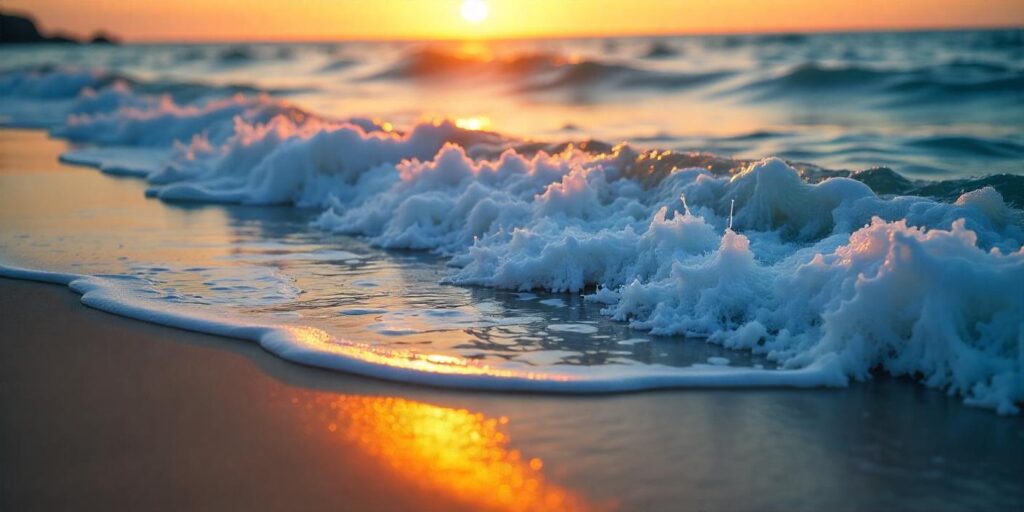
In this blog post, we’ll explore the science behind square waves, how they form, their implications for oceanic navigation, and the potential dangers they pose to those on the water. Whether you’re a seasoned sailor, a curious traveler, or someone passionate about oceanography, square waves are a phenomenon worth understanding.
What Are Square Waves?
Square waves are a rare type of wave pattern that forms when two different wave systems in the ocean intersect at nearly right angles. The result is a series of square-shaped or checkerboard-like wave patterns on the surface of the water. These intersecting waves travel in different directions, creating a highly unusual and often unsettling appearance in the ocean.
While the waves may look visually appealing from a distance—resembling a neat grid or pattern on the water’s surface—they are far from harmless. Square waves can generate dangerous currents and unpredictability, leading to dangerous situations for both swimmers and vessels. In some cases, these waves can even contribute to the capsizing of boats or cause people to be swept away by strong, erratic currents.
How Do Square Waves Form?
Square waves are not formed by a single wave event but rather by the interaction of two different wave systems moving in different directions. This phenomenon typically occurs when:
- Two separate weather systems influence the same area of the ocean.
- Wind patterns create waves traveling in different directions.
- The ocean’s topography or underwater features influence wave direction.
Here’s a closer look at each contributing factor:
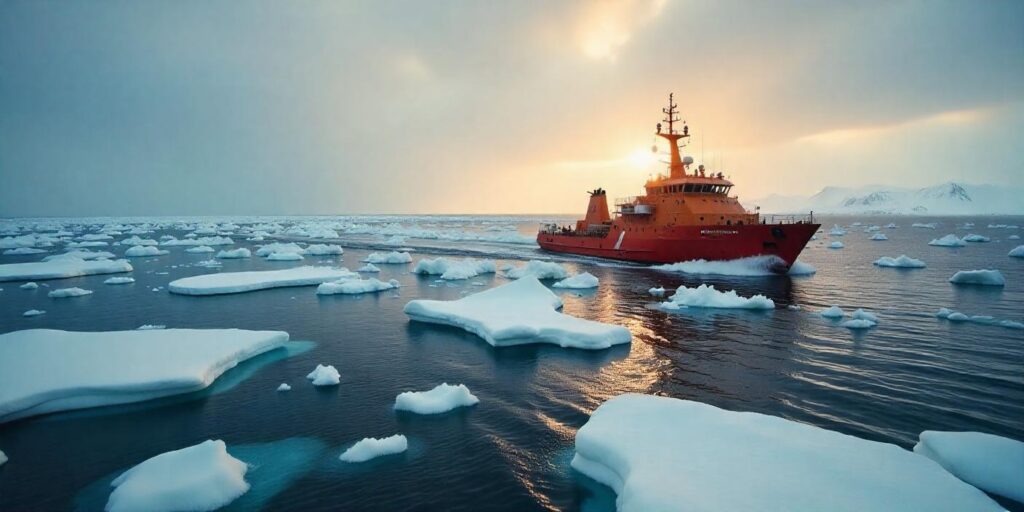
1. Two Different Wave Systems
Square waves form when two separate systems of waves meet at an intersection. These two systems are often created by different weather systems, such as storms or shifts in wind direction. These systems may travel at different speeds and angles, and when they converge, they create a crossing pattern of waves on the ocean’s surface. The resulting interaction between the two sets of waves is what creates the square or cross-sea pattern.
2. Wind Patterns
Winds are one of the primary drivers of ocean wave movement. Wind blowing in one direction can generate waves that travel in that specific direction. However, when a secondary wind blows from another angle, it can create waves that travel perpendicular to the first set, leading to the formation of a cross-sea pattern. The interaction between these two wind-driven wave systems results in the square wave phenomenon.
3. Ocean Topography
In some cases, underwater features, such as underwater ridges, mountains, or shallow waters, can influence wave movement. When waves travel over these features, they may be deflected or refracted, causing them to interact with waves coming from other directions. This can contribute to the formation of square waves, although this is a rarer cause compared to wind patterns and weather systems.
The Science of Wave Interference
To understand square waves more fully, it’s helpful to look at the basic science behind wave interference. Waves, whether on the ocean or any other surface, behave according to principles of superposition and interference. Superposition refers to the process in which two or more waves meet and combine to form a new wave pattern.
There are three main types of interference:
- Constructive interference: This occurs when two waves meet in phase, reinforcing each other and creating a larger wave.
- Destructive interference: This occurs when two waves meet out of phase, canceling each other out and producing smaller waves or no wave at all.
- Complex interference: When waves interact at different angles or speeds, they can create a complex pattern of constructive and destructive interference. In the case of square waves, this complex interference results in the checkerboard-like pattern of intersecting waves.
Why Are Square Waves Dangerous?
Despite their visually captivating appearance, square waves can be highly dangerous for anyone at sea. Their unpredictable nature and the powerful currents they generate can result in serious risks for boaters and swimmers alike.
1. Strong, Unpredictable Currents
The intersection of two different wave systems creates complex, often irregular currents. These currents are unpredictable and may shift in direction unexpectedly, making it difficult for swimmers or vessels to navigate safely. For boaters, these currents can make navigation incredibly challenging, increasing the risk of accidents or capsizing.
2. Increased Risk of Rip Currents
Square waves can also generate rip currents, which are narrow, fast-moving currents that can pull swimmers out to sea. Rip currents are already a significant danger in many coastal areas, and square waves can exacerbate the risk by creating multiple rip currents at once. The unpredictable nature of these currents can easily overwhelm swimmers, even those who are experienced in the water.
3. Reduced Visibility of Underlying Waves
The visually striking pattern created by square waves can also obscure the underlying wave movement, making it more difficult for boaters and swimmers to assess the state of the ocean. As a result, people may fail to recognize the potential dangers hidden beneath the surface, such as large swells or sudden changes in wave direction.
4. Boat Capsizing
The erratic behavior of square waves can destabilize vessels, especially smaller boats. When boats encounter these waves, they may be hit by powerful cross-seas that can cause the vessel to roll or capsize. The situation can be made worse if the waves suddenly shift direction or change in intensity, catching boaters off guard.
Real-Life Examples of Square Waves
Square waves are a rare phenomenon, but they have been observed in various locations around the world. Some notable instances of square waves include:
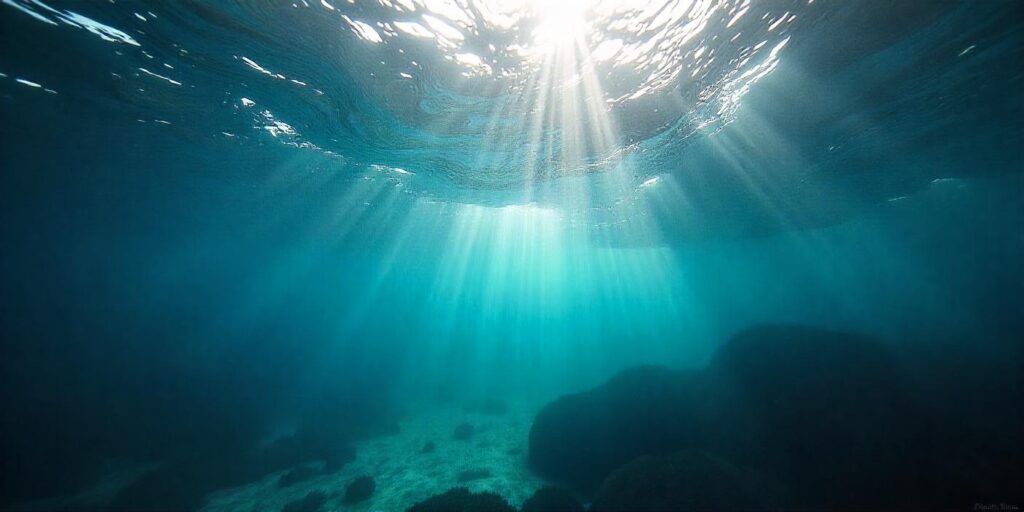
1. The Aegean Sea, Turkey (2025)
One of the most recent and widely reported occurrences of square waves took place in February 2025 in the Aegean Sea off the coast of Turkey. Fishermen and locals were surprised to witness the striking checkerboard patterns on the water’s surface, which were caused by intersecting wave systems from two separate weather events. The waves posed a significant hazard to marine activities in the region, prompting authorities to issue warnings about the dangerous currents and rip tides.
2. Isle de Ré, France
Square waves have also been observed off the coast of the Isle de Ré, located near France’s western coastline. Surfers and boaters have reported encountering the unique phenomenon, with some noting that the waves create an eerie, almost surreal scene on the water. While the sight may be fascinating, local authorities regularly warn beachgoers about the dangers associated with square waves in the area.
3. Hawaii, USA
In Hawaii, the occurrence of square waves is not entirely uncommon. The powerful ocean currents in the region, combined with frequent storm activity, often result in the formation of cross seas. Boaters and surfers are regularly advised to stay alert and cautious when navigating waters during the possibility of square waves.
How to Stay Safe Around Square Waves
While square waves are a fascinating natural phenomenon, they can be hazardous to those unfamiliar with the dangers they present. Here are some tips for staying safe around square waves:
- Monitor Weather and Ocean Conditions: Always check local weather forecasts and sea conditions before heading out on the water. Pay attention to warnings about storm systems, changing winds, or unusual wave patterns.
- Avoid Swimming in Areas with Square Waves: If you see a square wave pattern on the ocean, it’s best to avoid swimming in that area. The unpredictable currents and potential for rip currents make it unsafe to enter the water.
- Be Cautious When Boating: Boaters should be cautious when encountering square waves. The erratic nature of the waves can make navigation difficult, so it’s essential to stay alert and ready to respond to any sudden changes in conditions.
- Heed Local Warnings: Coastal regions affected by square waves often issue warnings or advisories. It’s important to follow these warnings to avoid putting yourself at risk.
Conclusion
Square waves, or cross seas, are a fascinating but dangerous phenomenon that occurs when two separate wave systems intersect at nearly right angles. These rare waves can create a mesmerizing checkerboard pattern on the ocean’s surface, but they also generate strong, unpredictable currents and rip tides that pose significant risks to swimmers and boaters. Understanding how square waves form, their associated dangers, and how to stay safe around them is crucial for anyone who enjoys the ocean.
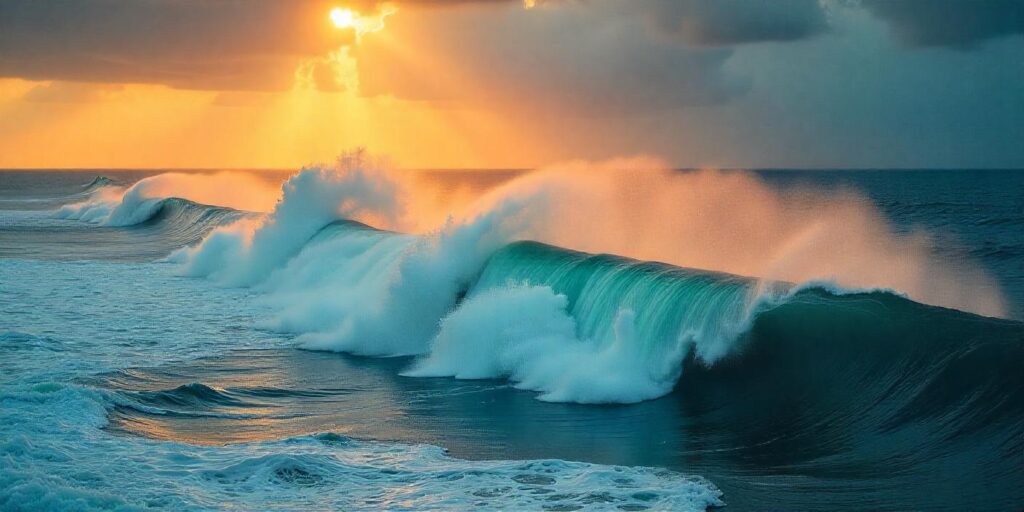
By staying informed and aware of ocean conditions, we can appreciate the beauty and power of the sea while avoiding the potential hazards of square waves.
1. Square Waves (Oceanographic Waves)
Square waves in the ocean refer to waves that have a very distinct, almost rectangular shape rather than the smooth, sinusoidal form typically associated with regular waves. These waves are created under specific conditions:
- Wave Interference: Square waves can form when two sets of waves intersect at right angles. This phenomenon, called cross-sea or interfering waves, leads to the sharp, almost perpendicular wave patterns that are characteristic of square waves.
- Weather and Wind Conditions: Square waves can be formed under extreme weather conditions, where the wind causes the waves to interact in unexpected ways. Such conditions can occur in regions where strong wind patterns meet, especially over open seas or coastlines with complex topography.
2. Occurrence in Turkey’s Seas
Turkey is bordered by the Mediterranean, the Aegean, and the Black Sea. While square waves can theoretically occur in any of these seas, there are specific conditions under which they are more likely to form:
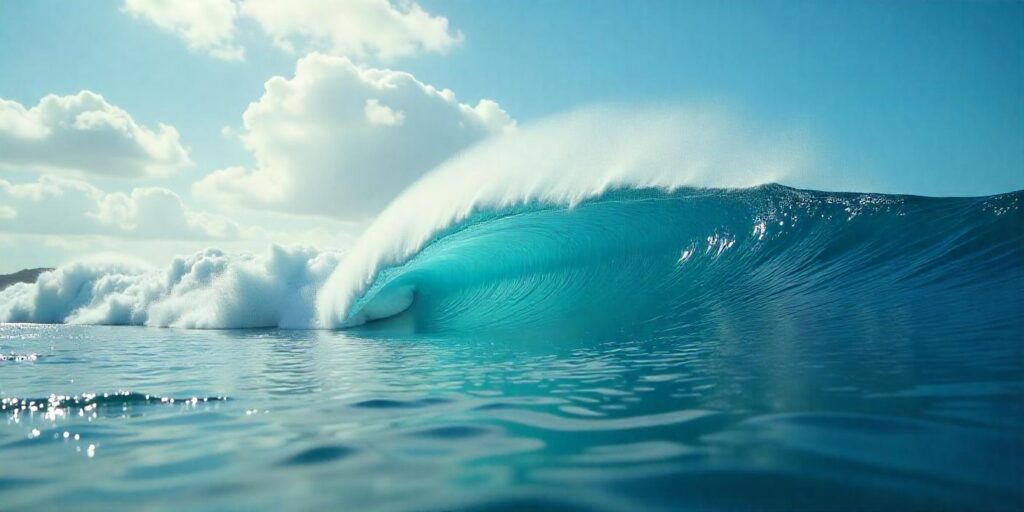
- Mediterranean and Aegean Seas: These seas are known for their sometimes chaotic weather patterns, especially in transitional seasons like spring and autumn. Strong winds such as the Mistral or Bora can cause cross-sea interference, leading to the formation of square waves. These areas are also subject to sudden weather changes, which could lead to the right-angle wave patterns.
- Black Sea: The Black Sea, with its unique geography and often unstable weather, can also experience cross-sea conditions that might lead to square wave formation. However, the prevalence here is generally lower compared to the Mediterranean and Aegean due to less frequent extreme weather events.
3. Impact on Shipping and Coastal Areas
- Shipping Hazards: Square waves can be dangerous for ships and other maritime activities because the irregularity and abruptness of the waves can challenge navigation and stability, particularly for smaller vessels. If square waves form, ships may face unpredictable motion, which can be risky.
- Coastal Effects: On the coasts of Turkey, the appearance of square waves might be seen as a signal of unusual or severe weather patterns. Coastal tourism and activities such as boating, fishing, and swimming could be impacted by the abrupt change in wave conditions.
4. Famous Events or Studies in Turkey
While square waves in Turkey’s seas might not be widely documented as an ongoing phenomenon, coastal areas around the Mediterranean, Aegean, and Black Sea are often studied for wave patterns. Researchers focus on understanding how cross-sea waves behave in the Turkish maritime region, especially given Turkey’s significant maritime traffic.
5. Geographical Factors
Turkey’s coastline features a mix of mountainous terrain and deep gulfs, which can influence wave behavior. For example:
- Gulf of İzmir and Gulf of Antalya can trap wind and create conditions where wave interference is more likely.
- Bosphorus Strait in Istanbul could also lead to conditions where sharp wave patterns could form due to the narrowness of the waterway and the mixing of different water currents.
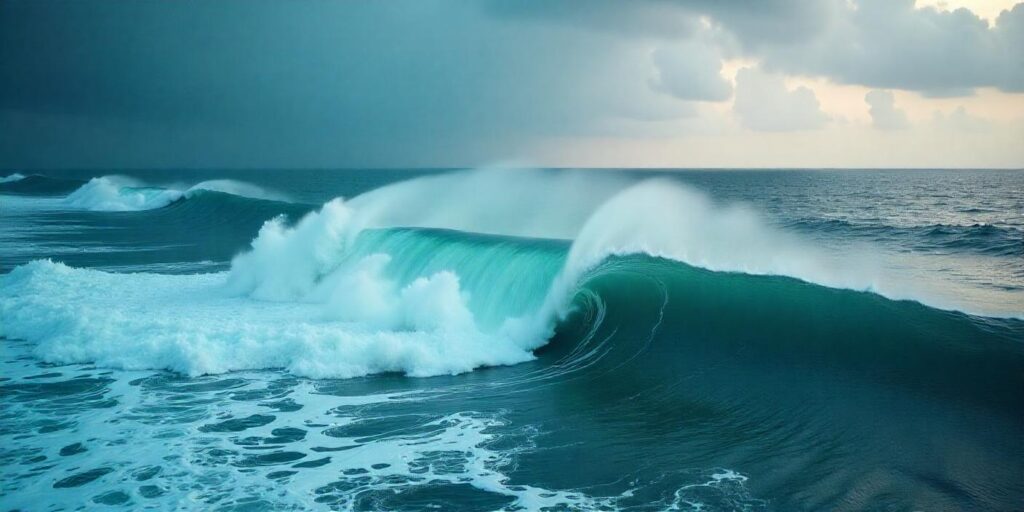
Conclusion
While square waves are not a common term in everyday discussion, they are understood in oceanography as a result of wave interference under specific conditions. In Turkey, areas with complex coastal topography and strong winds, such as the Mediterranean and Aegean coasts, might be more prone to these kinds of wave patterns. If you’re asking about the occurrence of square waves in a cultural or metaphysical sense in Turkey (such as a symbolic representation), that would be a different line of inquiry, which would require a more symbolic interpretation based on cultural references.
It sounds like you’re referring to a dramatic or mythical scenario where sea animals suddenly leave the ocean, potentially signaling the arrival of a creature like the Leviathan. This idea is more aligned with folklore, mythology, or apocalyptic scenarios rather than real-world oceanic behavior. However, I can break this down into two aspects: one relating to natural phenomena and the other to mythological or symbolic interpretations.
1. Natural Phenomena:
While it’s not typical for all sea animals to leave the ocean, there are some natural phenomena that might cause sea animals to behave unusually, including mass beaching or migrations. Some of these might be interpreted as ominous signs, but they generally have scientific explanations.
- Mass Strandings (Beachings): Sometimes, large groups of marine animals, such as whales, dolphins, or seals, wash up on shore due to changes in the environment. This could happen because of:
- Changes in Ocean Temperature: Unusual warming or cooling of sea waters can affect the migratory patterns of marine animals.
- Ocean Pollution: Toxins, pollutants, or chemicals in the water can disorient sea creatures, leading them to beach themselves.
- Changes in Magnetic Fields: Some species, like whales, use Earth’s magnetic fields for navigation. Disturbances in these fields could cause them to lose their way and beach themselves.
- Underwater Noise Pollution: Naval exercises, deep-sea drilling, or sonar activity can disorient marine animals, leading to mass stranding.
- Migrations: Some species of fish, sea turtles, and marine mammals migrate long distances. Changes in their migratory routes due to environmental factors (e.g., food supply or ocean currents) could give the impression that animals are “leaving the sea.”
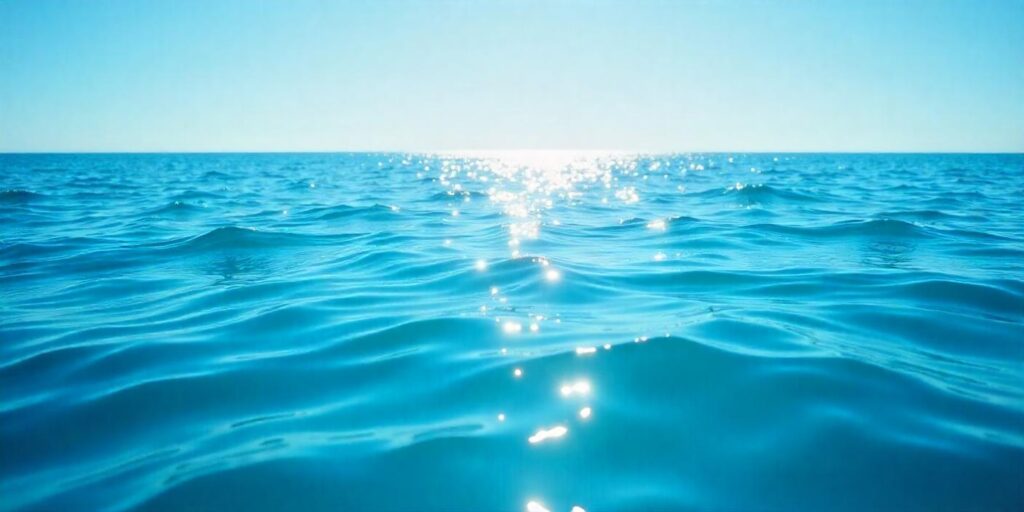
2. Mythological or Symbolic Interpretation:
In mythology, the idea of all sea creatures fleeing the ocean might be seen as a portentous sign, often tied to the arrival of a great or destructive force—like the Leviathan in the Bible or other mythological traditions.
- Leviathan: In Jewish mythology, the Leviathan is described as a giant sea creature, often associated with chaos and destruction. Some interpretations suggest that the arrival of the Leviathan would signal a cataclysmic event, possibly leading to all sea creatures fleeing as a sign of impending doom.
- Apocalyptic Scenarios: Many cultures have apocalyptic myths where animals behave strangely before a disaster. For example, in some traditions, animals fleeing or acting erratically is a sign of something significant, such as the arrival of a great beast or a catastrophic event.
- Theological Significance: In the Christian Bible, the Leviathan is mentioned in texts like Job 41 and Isaiah 27:1 as a symbol of chaos. Some interpretations suggest that the appearance of such a creature could herald the end of times, and the fleeing of animals might symbolize nature’s response to this impending catastrophe.
3. Popular Culture and Fictional Interpretations:
The idea of the Leviathan coming and causing all sea creatures to leave the ocean has appeared in various forms of fiction, such as books, movies, and TV shows. It’s possible that this is a narrative device used in a story to signify the approach of a powerful and destructive entity.
For example:
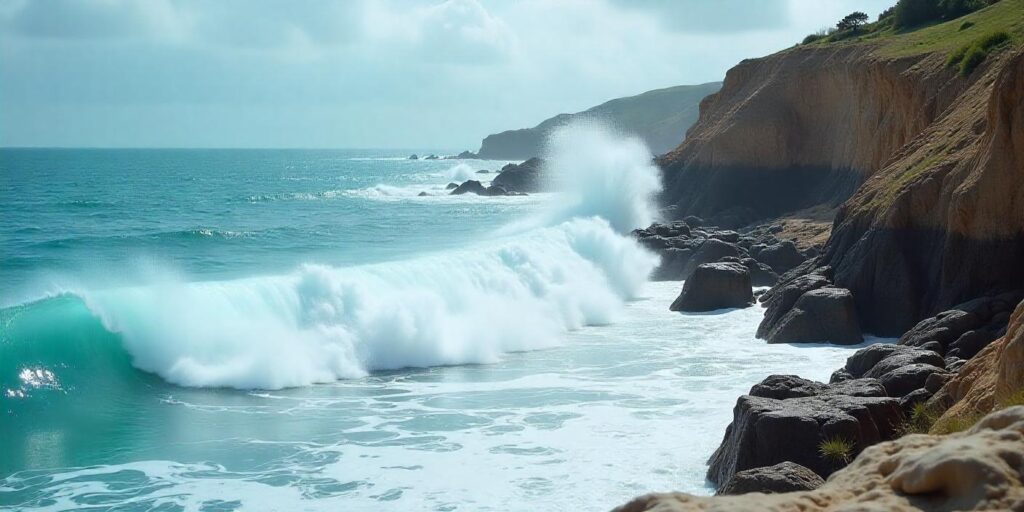
- The Sea Beast (in mythology and fiction): In some stories, giant sea monsters or dragons are said to be able to control the ocean, and animals fleeing could be part of the dramatic build-up to their arrival.
Conclusion:
The idea that all sea animals are fleeing the ocean because the Leviathan is coming is a deeply symbolic or mythical scenario, not based on scientific observation. It’s more of a narrative or apocalyptic myth that plays on the idea of a huge, world-altering force arriving. However, there are natural events, such as mass stranding or migrations, that might be interpreted in a similar way if one were looking for signs of something extraordinary.

